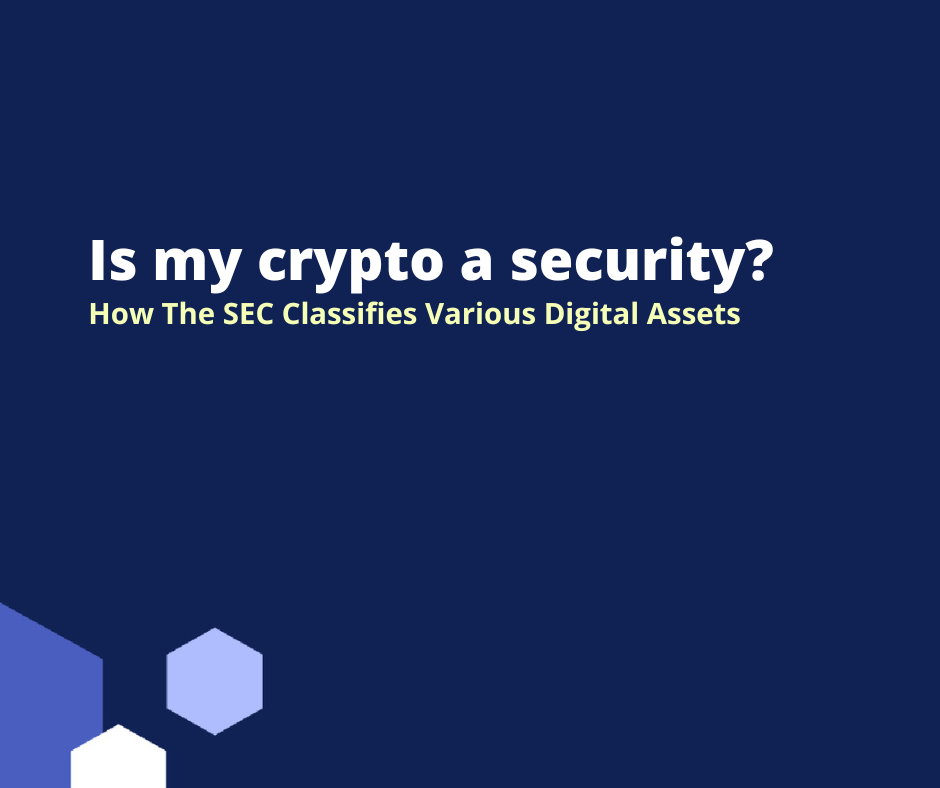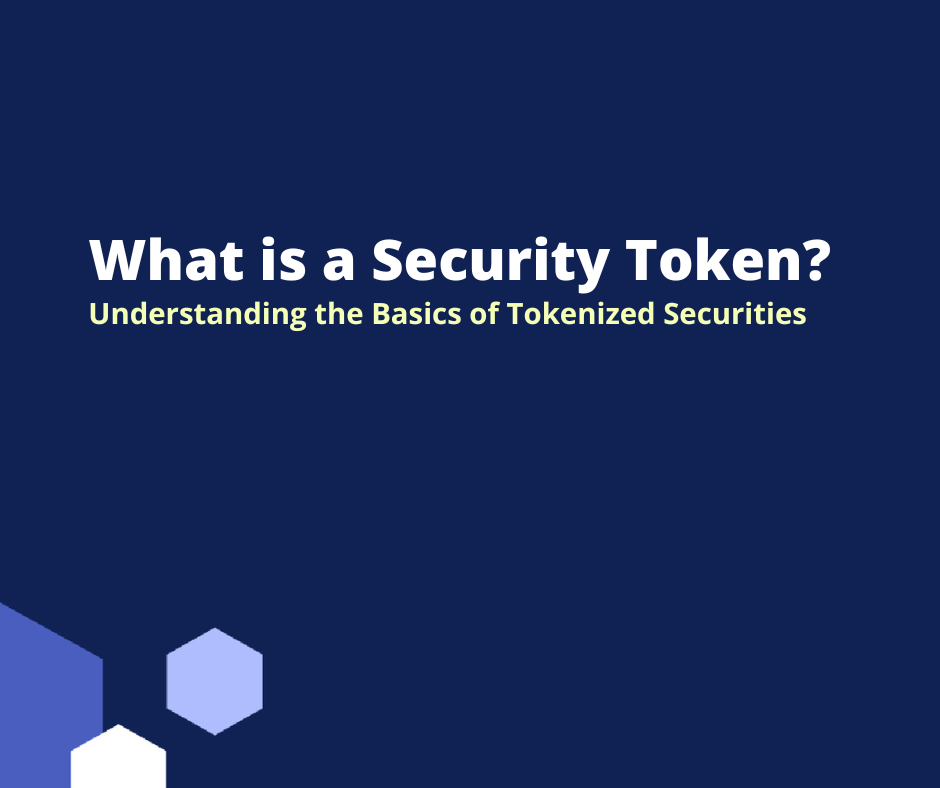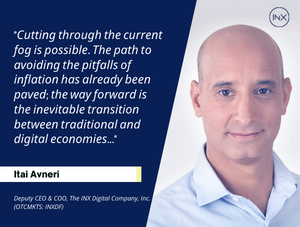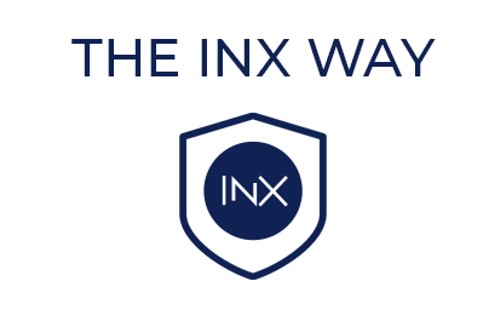What is Ethereum? Getting to Know Smart Contracts

We see it happen time and again. The pupil becomes the teacher, the new kid on the block becomes the leader, eventually the little brother gets his own back. In the digital economy Bitcoin has reigned supreme from inception. If there’s one project that could challenge Bitcoin’s supremacy, it would have to be Ethereum, a technology for building apps and organizations, holding assets, transacting and communicating without being controlled by a central authority. Ethereum transformed the digital asset space through smart contracts, a novel innovation it introduced to the world in 2013.
The emergence of Ethereum
Although the Ethereum blockchain has several founders, Vitalik Buterin was the one who initially published a white paper explaining the concept of Ethereum in November 2013. Following Buterin’s initial work, other brains jumped on board in various capacities to help bring the project to fruition.
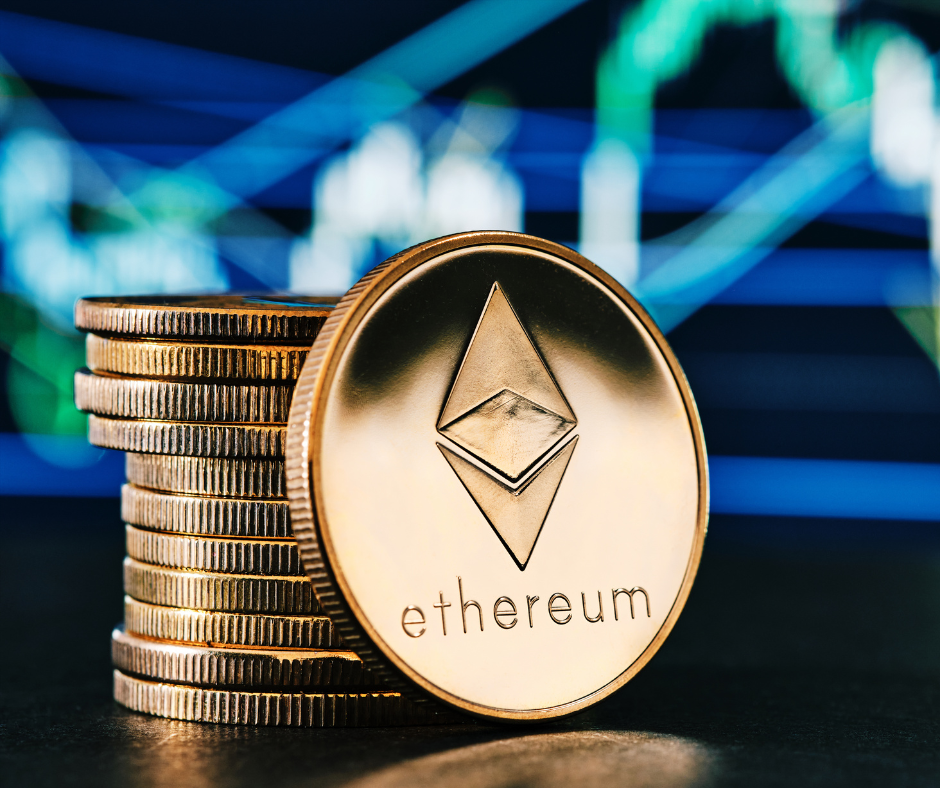
Ethereum gained awareness in early 2014 when Buterin brought the concept of the blockchain project into the public eye at a Bitcoin conference in Miami, Florida. The project raised capital via an initial coin offering (ICO) later the same year, selling millions of dollars worth of ETH in exchange for funds to use for the development of the project. Between July 22 and Sept. 2, 2014, the asset sale sold over $18 million worth of ETH, paid for in Bitcoin.
Although ETH coins were purchasable in 2014, the Ethereum blockchain did not actually go live until July 30 2015, meaning ETH buyers had to wait for the blockchain to launch before they could move or use their ETH.
Ethereum is a decentralized blockchain platform that establishes a peer-to-peer network that securely executes and verifies application code, called smart contracts. Smart contracts allow participants to transact with each other without a trusted central authority. https://cointelegraph.com/ethereum-for-beginners/history-of-eth-the-rise-of-the-ethereum-blockchain
What are smart contracts?
A smart contract is a computer program that facilitates the exchange of any asset between two parties. It could be money, shares, property, or any other digital asset that you want to exchange. Anyone on the Ethereum network can create these contracts. The contract consists primarily of the terms and conditions mutually agreed on between the parties (peers).
The smart contract’s primary feature is that once it is executed, it cannot be altered, and any transaction done on top of a smart contract is registered permanently—it is immutable. So even if you modify the smart contract in the future, the transactions correlated with the original contract will not get altered; you cannot edit them.
The verification process for the smart contracts is carried out by parties in the network without the need for a centralized authority, and that’s what makes any smart contract execution on Ethereum a decentralized execution.
Ethereum’s Merge to Proof of Stake
Central to the operation of smart contracts is consensus mechanism by which transactions get validated and added to the ledger. From inception, Ethereum’s consensus mechanism was similar to Bitcoin’s Proof of Work. In September 2022, Ethereum made the transition from a power-hungry, proof-of-work system to an environmentally friendly proof-of-stake system. This switch is known as the “merge.”
The merge was triggered by Ethereum’s mainnet hitting “terminal total difficulty,” a predetermined point at which ETH mining became effectively impossible. In a Proof of Work mechanism, “miners” race to solve hard math problems using huge amounts of computing power and are rewarded for their efforts in crypto. That approach consumes a lot of energy. It also posed scaling challenges for Ethereum: network congestion drove up fees and slowed down processing rates, making the network too expensive for smaller transactions and hard to scale for larger ones. Proof of stake, on the other hand, requires “validators” to put up a stake—a cache of ether tokens in this case—for a chance to be chosen to approve transactions and earn a small reward. The more a validator stakes, the greater the chance of winning the reward.
Tokenomics of Ethereum
Ethereum’s merge had major ramifications on the token economy of the network, specifically the nature of validators and how they get rewards. As defined by Ethereum.org, a validator is a node in a proof-of-stake system responsible for storing data, processing transactions, and adding new blocks to the blockchain.
To participate as a validator, a user must deposit 32 ETH into the deposit contract and run three separate pieces of software: an execution client, a consensus client, and a validator. On depositing their ETH, the user joins an activation queue that limits the rate of new validators joining the network. Once activated, validators receive new blocks from peers on the Ethereum network. The transactions delivered in the block are re-executed, and the block signature is checked to ensure the block is valid. The validator then sends a vote (called an attestation) in favor of that block across the network.
Whereas under proof-of-work, the timing of blocks is determined by the mining difficulty, in proof-of-stake, the tempo is fixed. Time in proof-of-stake Ethereum is divided into slots (12 seconds) and epochs (32 slots). One validator is randomly selected to be a block proposer in every slot. This validator is responsible for creating a new block and sending it out to other nodes on the network. Also in every slot, a committee of validators is randomly chosen, whose votes are used to determine the validity of the block being proposed.
Ethereum has an unlimited supply with no maximum. At the time of writing, there are 122 million ETH in circulation. As blocks are validated, more Ether is added to the ecosystem. This is the opposite of Bitcoin, which has a maximum supply of 21 million.
There’s no specific Ethereum supply cap, which means the total number of coins in circulation will continue to increase for as long as people mine the blockchain. It’s also noteworthy that Ether’s supply has stood relatively still since September 2022. The Daily Block Rewards maintaining at 7,100 blocks.
According to the explanation on the Ethereum coin limit shared by Vitalik Buterin, it’s only possible to mine 18 million ETH coins per year. This equates to around 2 ETH being mined per block in the Ethereum blockchain.
Ethereum added 129,869 new unique addresses daily in the first month of 2023.
Indeed, on January 1, 2023, Ethereum had 217,599,463 unique addresses, whereas, on January 29, 2023, the number of Ethereum unique addresses was 221,365,692, indicating that ETH gained 3,766,229 between the two dates.
Ethereum in 2023
Price action in ETH/USD has displayed drastic swings and volatile price action since its early days. The price traded in a relatively narrow range between $150 and $350 from 2018 until late in 2020. In May 2021 the currency reached a high of $4300, and by November we saw new highs of $4800! Following the dark days of last year’s crypto winter, the price crashed to below $900. After a strong start to 2023, the price is sitting above the $1600 level at the start of February 2023. From a technical analysis perspective, the short-term target for buyers will be the $2000 mark, which is shaping up to be a pivotal area.
The Smart Contract Wars: Ethereum Competitors
Besides Bitcoin (BTC), Ethereum (ETH) has been the most influential blockchain in crypto’s history. Since its launch in 2015, the price of Ethereum’s native ether token has remained the second-largest cryptocurrency by market cap. Ethereum developers have also introduced dozens of revolutionary Web3 innovations to the crypto space, including NFTs (non-fungible tokens), smart contracts, and dApps. Although Ethereum remains the dominant blockchain for dApp developers, it is not without its flaws.
High network fees and slow transaction speeds have hindered Ethereum’s mass adoption. Sensing this weakness, dozens of competing blockchains have promised to “replace” Ethereum with superior features. Since ETH is no longer the only game in town, there are some noteworthy competitors in this space.
– Solana (SOL) can process more transactions per second with much lower transaction fees than most rival blockchains, such as Ethereum. It has blazing fast speed as well as low fees. It can post smart contracts and has a low environmental impact. Users can also stake Solana (SOL) for rewards.
– Algorand (ALGO) is a digital currency as well as a blockchain platform meant to quickly handle multiple transactions. It is considered a direct rival to Ethereum since it can host other cryptocurrencies and blockchain-based initiatives.
– Avalanche (AVAX) is a cryptocurrency and blockchain platform. AVAX is the native token of the Avalanche blockchain, which—like Ethereum—uses smart contracts to support a variety of blockchain projects. The Avalanche blockchain can provide near-instant transaction finality.
– Binance Smart Chain is a sovereign smart contract blockchain delivering Ethereum Virtual Machine (EVM) compatible programmability. Designed to run in parallel with Binance Chain, Binance Smart Chain retains the former’s fast execution times and low transaction fees while adding Smart Contracts functionality to support compatible dApps.
Ethereum, alongside Bitcoin and Dogecoin, is one of those cryptocurrencies that are well-known even outside of the crypto community. And it is for a good reason — Ethereum is one of the most feature-rich and interesting blockchains out there.
Is it better to buy Ethereum or Bitcoin?
Ultimately, the debate between Bitcoin and Ethereum as investments comes down to an investor’s risk profile. Both have the potential to perform well over time as the world continues its shift to digital and cryptocurrencies acceptance grows. Bitcoin is the more established and mainstream of the two, which may make ETH just a touch riskier?
As with most investments, it’s possible Ethereum’s higher risk brings with it potential for higher rewards. In either case, it’s not 2009 anymore: Both currencies have sprinted past the proof-of-concept phase and it’s now time for risk-tolerant investors who have not yet considered this asset class in the past to stand up and take notice.
Want to buy Ethereum? Sign up for INX!
The INX Digital Company inc. February 9, 2023
The INX Digital Company inc. is a content writer and strategist for B2B SaaS companies. She writes content that helps brands convert visitors into paying customers.
